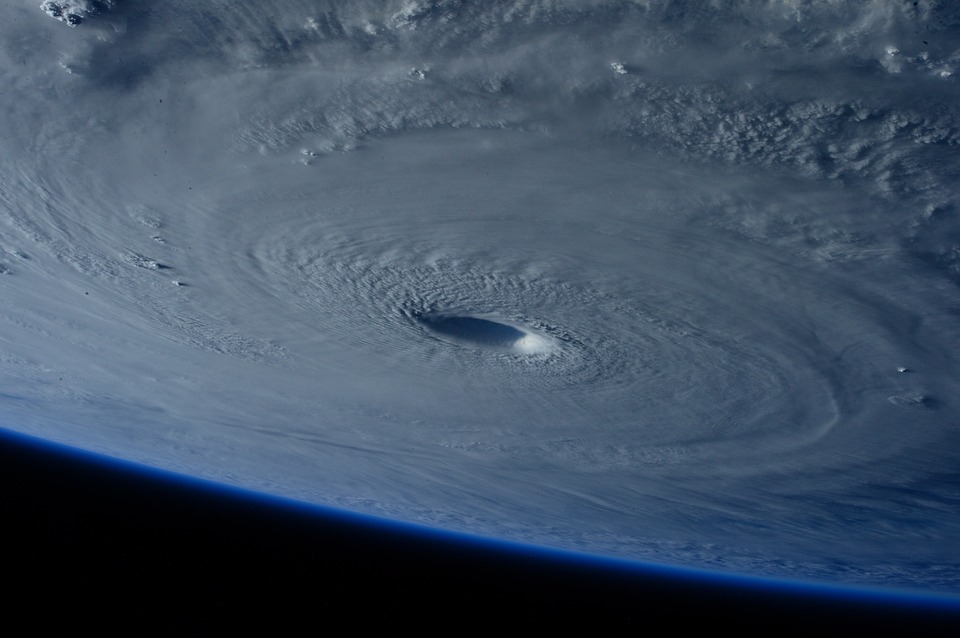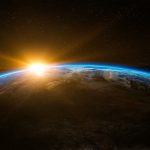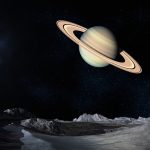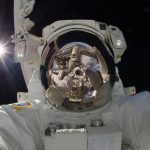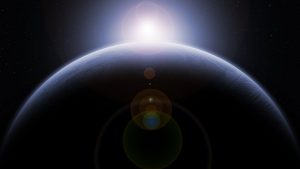
Con la ayuda de Imprentaonline24 hemos podido diseñar folletos informativos que mostrarán el proceso de la conquista de Saturno desde sus inicios. La calidad de las imágenes es un obstáculo para el diseño de folletos publicitarios, pero gracias a estos profesionales no hemos tenido ningún problema en imprimirlos.
Ya sabes, si quieres imprimir folletos no lo dudes, haz como nosotros una impresión de calidad.
La agencia espacial comenzará el año con la puesta en órbita de un satélite algo especial, este satélite busca acercarse a Saturno y estudiarlo durante un período de años. Tendremos fotografías de su atmósfera, sus formaciones rocosas y, si las hubiera, sus lagos, ríos y mares; el cual lógicamente por adelantado se supone inexistente.
Parece una mentira, pero nuestros científicos han podido calcular con matemáticas simples todos los problemas posibles que pueden afectar la órbita de este satélite de Saturno. Fuentes de energía auxiliar de carácter solar, siendo nuestra estrella principal la responsable de llevar nuestro satélite a las inmediaciones de Saturno, que está previsto para los próximos meses.
Todo dependerá de las tormentas solares que puedan afectar la integridad de nuestro satélite, así como los pequeños asteroides que se desplazan en el espacio.
Este año 2019 contemplaremos uno de los proyectos más ambiciosos del hombre, la conquista del sistema solar con sus planetas principales. Esto es algo que hace solo 100 años parecería imposible, incluso impensable. Solo las mentes abiertas de escritores como Julio Verne ya señalaron la posibilidad de viajes espaciales en su libro “De la Tierra a la Luna”, donde ya tenía la visión particular de que hoy tenemos a todos los habitantes del planeta azul llamado Tierra. Nuestra misión no es otra que saber, investigar y para esto, la exploración del espacio es uno de los grandes aislados que el hombre aún no conoce. Y es en este momento donde la humildad vuelve a dar un gran paso, esta vez no en la Luna, esta vez será en Saturno donde lo estudiaremos en detalle con fotografías de alta resolución que nos permitirán encontrar un número infinito De las peculiaridades de nuestro planeta hermano … buen hermano mayor, ya que es uno de los más impresionantes del sistema solar.
El sistema de estudio será muy similar al que estás tomando con el otro gran desconocido, el planeta Marte. Incluso si tuviéramos más, podemos eliminar la etiqueta de gran desconocido porque estamos fotografiando sus relieves, tomando muestras de piedras y analizando todo tipo de organismos que encontramos. Esto implica otro gran avance para el hombre que ya no está contento de habitar su planeta azul, sino que quiere saber y estudiar a cada uno de sus planetas hermanos del sistema solar. Toda una hazaña que estaremos presenciando en los próximos años.
La realidad de nuestros días es bien simple. Con los avances tecnológicos que se van consiguiendo a lo largo y ancho del planeta, nuestra comunidad científica está capacitada cada día más para la exploración del vasto espacio. Con ello conquistaremos primero nuestra galaxia y quién sabe si saldremos pronto a la conquista de otros territorios estelares.
With the help of Imprentaonline24 we have been able to design informative brochures that will show the process of the conquest of Saturn from its beginnings. The quality of the images is a handicap for the design of advertising brochures, but thanks to these professionals we have not had any problem in printing them.
You know, if you want to print brochures do not hesitate, look like us a quality printing.
The space agency will start the year with the placing in orbit of a somewhat special satellite, this satellite seeks to approach Saturn and study it for a period of years. We will have photographs of its atmosphere, its rock formations and if there were, its lakes, rivers and seas; which logically in advance is assumed non-existent.
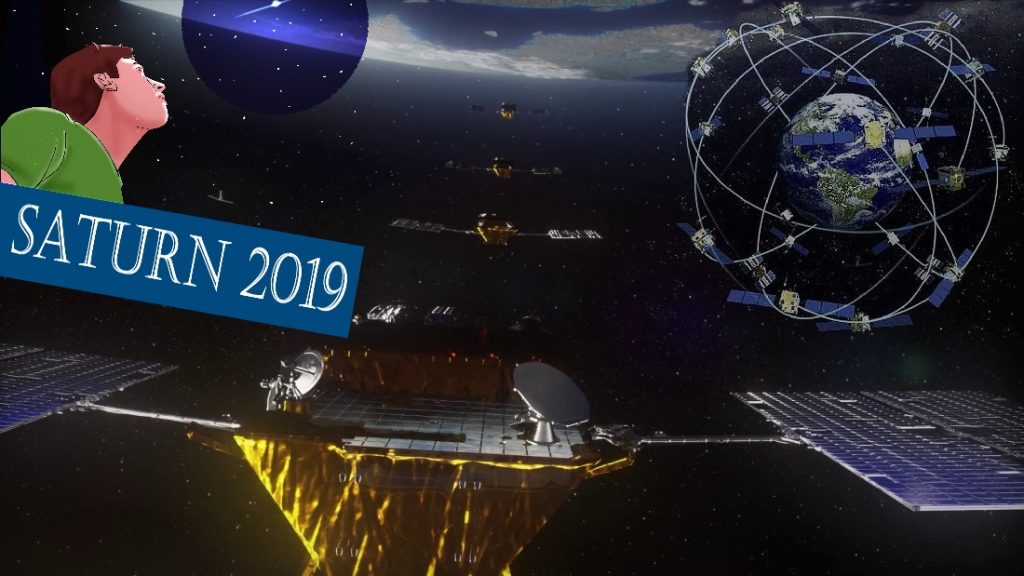
It seems a lie but our scientists have been able to calculate with simple mathematics all the possible problems that may affect the orbit of this Saturnian satellite. Auxiliary energy sources of solar character, being our king star responsible for driving our satellite to the vicinity of Saturn, which is planned in the coming months.
Everything will depend on solar storms that may affect the integrity of our satellite as well as the small asteroids that drift in space.
This year 2019 we will contemplate one of the most ambitious projects of man, the conquest of the solar system with its main planets. This is something that only 100 years ago would seem impossible, even unthinkable. Only open minds of writers like Jules Verne already pointed out the possibility of space travel in his book “From the Earth to the Moon” where he already had the particular vision that today we have all the inhabitants of the blue planet called Earth. Our mission is none other than to know, to investigate and for this the space exploration is one of the isolated grander that man still does not know. And it is at this moment where humility returns to take a big step, this time not on the Moon, this time it will be on Saturn that we will study it in detail with high resolution photographs that will allow us to find out an endless number of peculiarities of our sister planet … good big brother since it is one of the most impressive in the solar system.
The study system will be very similar to the one you are taking with the other great unknown, the planet Mars. Even if we had more, we can remove the label of great unknown because we are photographing its reliefs, taking samples of stones and analyzing all kinds of organisms that we find. This implies another great advance for the man who is no longer content to inhabit his blue planet, but wants to know, and study each of his planets brothers of the solar system. All a feat that we will be witnessing in the coming years.
The reality of our days is very simple. With the technological advances that are being achieved throughout the planet, our scientific community is trained more and more for the exploration of the vast space. With this we will first conquer our galaxy and who knows if we will soon reach the conquest of other star territories.



